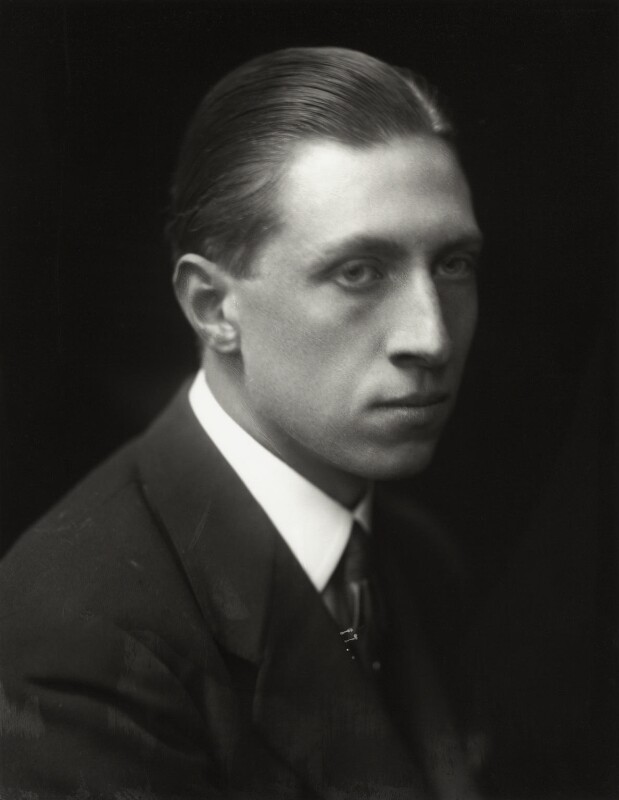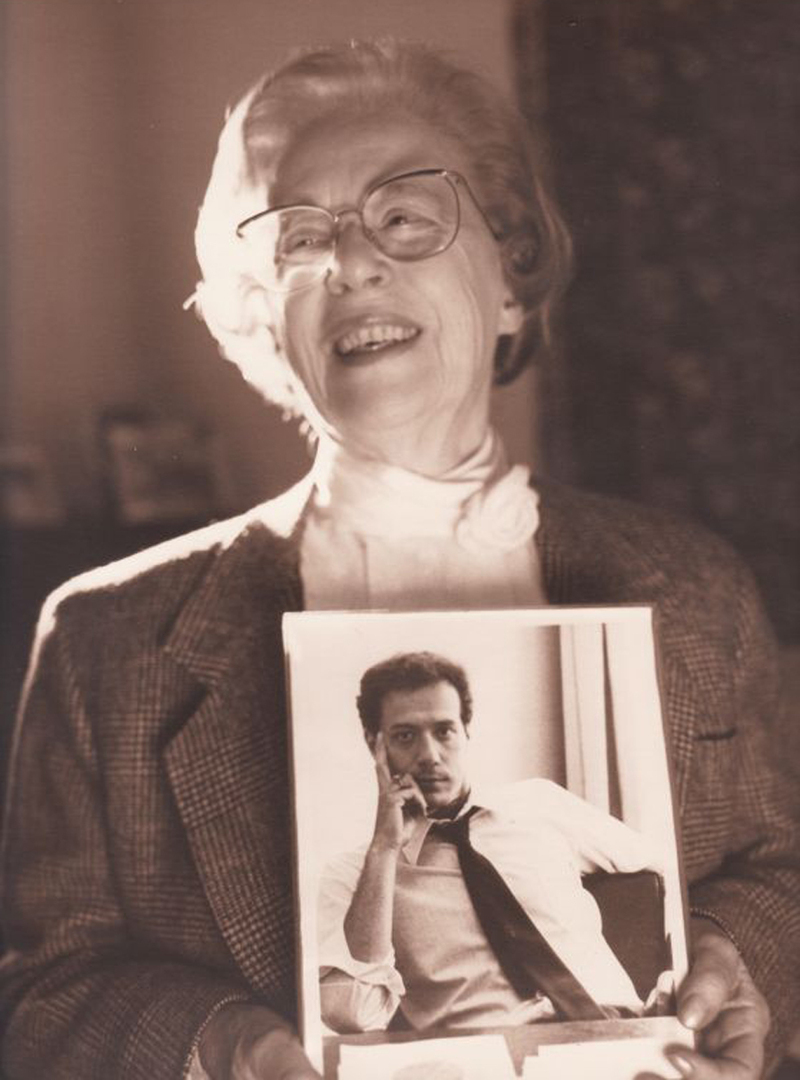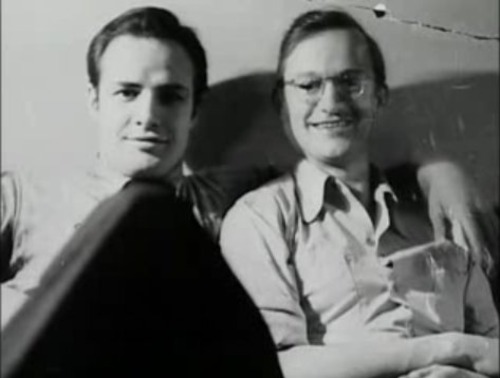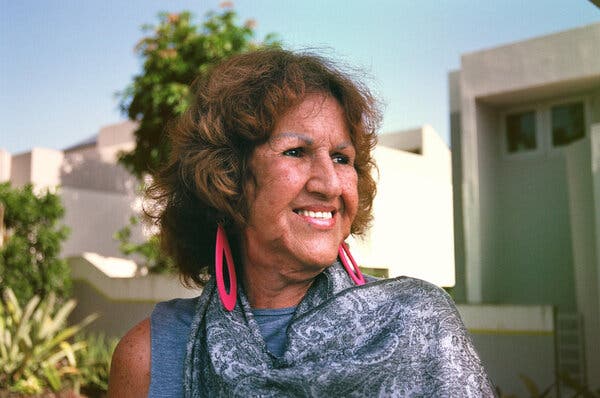December 06
SIR OSBERT SITWELL, British author born (d. 1969); English writer. His elder sister was Dame Edith Sitwell and his younger brother was Sir Sacheverell; like them he devoted his life to art and literature. The Sitwells – Edith, Sacherverell and Osbert – represented everything that was oh-so-modern to English dandies of the 1920s. Their essays, particularly those by Osbert, are rich in discussions of archaeology, architecture, music, painting and the reverie evoked by names and places. Their charm, culture, and urbanity are recorded in Osbert’s multi-volume reminiscences of their patrician family and estate. Downton Abbey come to life.
Photographs of the Sitwells – particularly of Edith in her bizarre hats, all chosen for effect – are likely to put off the uninitiated from reading them. Drama critic James Agate’s affectionate remark should be taken under advisement: “The Sitwells are artists pretending to be asses.” Noel Coward’s 1923 satire on the Sitwells – in which the sister of the “Swiss Family Whittlebot” intones, “Life is essentially a curve and Art is an oblong within that curve. My brothers and I have been brought up on Rhythm as other children are brought up on Glaxo – resulted in a feud that lasted throughout the lifetimes of the four. Osbert’s great love affair with David Horner (“his great love”) is documented in John Pearson’s joint biography, The Sitwells.
Eric Marcus, the author of a history on the gay rights movement in the U.S., says that move was unprecedented.
"It's a little hard to imagine now what that period was like, how revolutionary it was for a parent to walk in the Gay Pride march in New York City carrying a sign that said, 'Parents unite in support of our gay children,' " he says. "The timing was right, the time really called for someone like Jeanne, and Jeanne was there.
WALLY COX, American television and motion picture actor, born (d. 1973); Cox attended CCNY, had four months of Army service, and then attended New York University. He supported his invalid mother and sister by making and selling jewelry, in a small shop, and at parties — where he started doing comedy monologues for the guests, which were well-received enough to lead to regular performances at nightclubs such as the Village Vanguard, beginning in December 1948.
Cox appeared in Broadway musical reviews, night clubs, and early TV comedy-variety programs in the period 1949–1951, creating a huge impact with a starring role as a well-meaning but ineffective policeman on Philco Television Playhouse in 1951. Producer Fred Coe approached Cox about a starring role in a proposed live TV sitcom, Mr. Peepers, which he accepted. Peepers ran on NBC for three years and made Cox a household name in the US.
In his early New York days, he was the roommate of his boyhood friend, Marlon Brando, who encouraged him to study acting with Stella Adler. Cox and Brando remained very close friends for the rest of Cox's life, and Brando is reported to have kept Cox's ashes in his bedroom. Brando was quoted as saying, "Like a large number of men, I, too, have had homosexual experiences, and I am not ashamed." Wally Cox was an alleged long time lover of Brando's. Brando is quoted as saying: "If Wally had been a woman, I would have married him and we would have lived happily ever after." After Cox died, Brando kept his ashes for thirty years; they were eventually scattered with his own.
SORAYA SANTIAGO SOLLA, born on this date (d: 2020), was the first person in Puerto Rico to change the gender designation on their birth certificate following sex-reassignment surgery.
A native of Puerto Rico, she had sex-reassignment surgery in 1975 at age 28 while living in New York City. On returning to Puerto Rico, she successfully petitioned in 1976 to change the gender listed on her birth certificate. Her memoir, "Hand Made: Gender Dysphoria, Soray", was published in 2014. She was also featured in the 2014 documentary "Mala Mala"
For decades, Ms. Santiago owned Soraya Hair Design, a popular salon for politically-connected upper-class women. She hobnobbed with powerful people and became an idol in the transgender community, even though she rejected being associated with the term “L.G.B.T.Q.,” explaining that she identified as a heterosexual woman.
In 1986, Ms. Santiago married a man from Santo Domingo, in the Dominican Republic, Héctor Mejía Santana, and used her birth certificate to petition immigration services to allow him to take up residence with her in Puerto Rico. Some officials questioned whether someone who was legally born male should be allowed to sponsor another man’s immigration application, but she won that battle, too. The marriage ended in divorce a few years later.
Soraya on being a woman, “My throat has gotten dry from trying to explain that the only difference between a woman and me, is that one comes straight from the factory and mine was made by hand in the United States of America,” she wrote in her book
Subscribe to Gay Wisdom
Would you like to have Today in Gay History (aka Gay Wisdom) sent to you daily?




